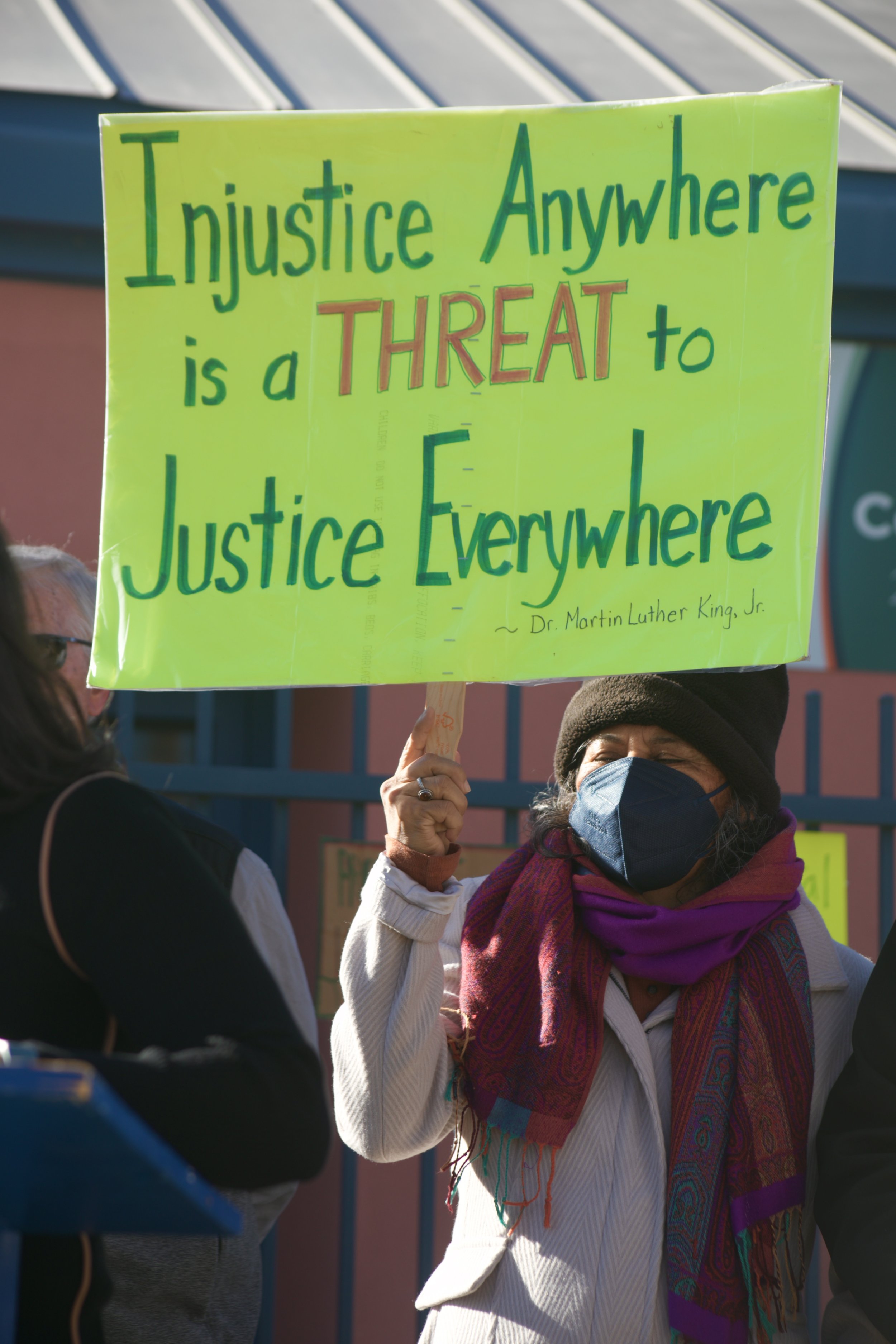
Polluters in
New Mexico
New Mexico is 2nd largest Oil & Gas producer in the US
NM has long been used as an Energy Sacrifice Zone– for Coal, Uranium Mining, Oil & Gas, fracking
Methane leaks from NM can be seen from space by NASA
Over 1,000 earthquakes detected at waste injection sites in Southeast NM, 2022
1,455 oil and gas spills in NM, up by 16% from previous year, 2022
5.1 Million gallons of produced water was spilled, 2022
687,145 gallons of crude oil spilled, 2022
NM produces 70% more greenhouse gas emissions per capita
than the national average
Health Impacts of Pollution
144, 000 New Mexicans live within 1 mile of an oil & gas well
Higher risks of premature births and deaths, cancers, and heart issues
Unequal Burden of air pollution and water contamination disproportionately impacts Indigenous and Hispanic communities in New Mexico
Air pollution: high ozone from industry and oil and gas–Bernalillo, Eddy, and San Juan Counties all have an F for ozone levels from the American Lung Association
Energy Poverty: increases in heat related illnesses and mortality especially RURAL parts of the state. People may have to choose between air conditioning and water/food/meds.
NM has highest percentage of mobile homes in the nation, leaving residents particularly vulnerable to extreme temperatures.
Health, Environment & Equity Impacts (HEEI) Regulation
Mountain View Coalition, represented by New Mexico Environmental Law Center is prosing historic new air regulations.
The regulation requires Environmental Health Department to deny a permit application if it will be located in an overburdened community and negatively impact the health of residents in that community. Specifically, EHD and the permit applicant will work together to first identify whether the proposed polluting facility will be located in an overburdened community, meaning a community that is already facing the disparate impacts of existing air pollution.
If the facility is proposed to be located in an overburdened community, the applicant must perform a Disparate Impact Screening and evaluate nine identified Health Indicators.1 The permit application will be denied if any one of nine health indicators in the area already exceeds the county average for those indicators.
“We can't address the climate crisis by sacrificing frontline communities.
With the largest wildfires in New Mexico’s history and the Rio Grande running dry, New Mexicans are already experiencing the climate emergency. Expanding fossil fuel production, leasing public lands, and pushing false solutions such as fossil fuel hydrogen and carbon offsets harms our communities. Our children are counting on us to push for a just transition and loosen the stranglehold of the fossil fuel industry over our political systems.
— Anni Hanna, Director New Mexico Climate Justice



